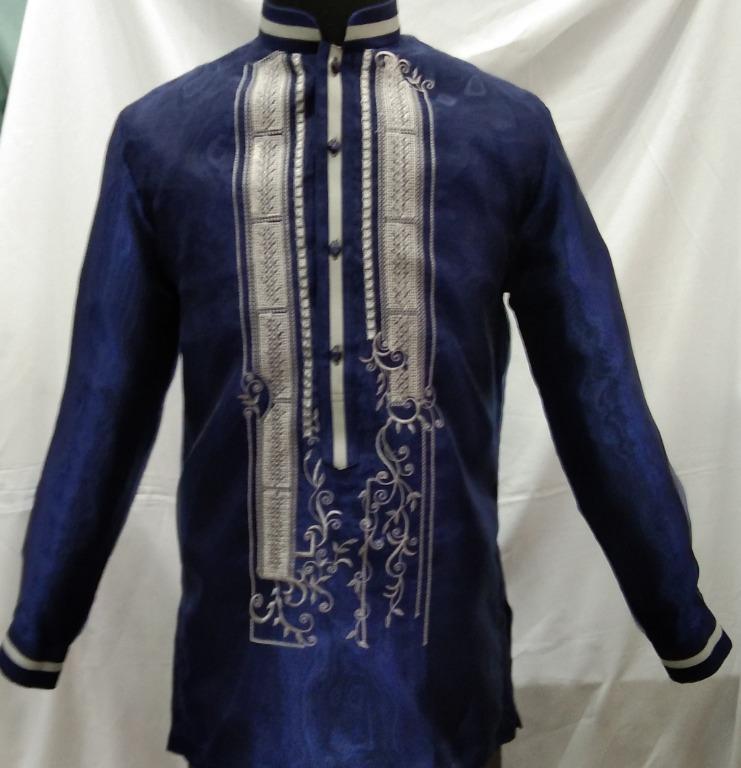The smart Trick of Filipino Barong Tagalog That Nobody is Discussing
Table of ContentsGetting The Barong Tagalog To WorkHow Barong Tagalog Store can Save You Time, Stress, and Money.The Only Guide to Modern Barong Tagalog

The term is typically not capitalized.
Instead, the name was coined to differentiate the dress as native (hence "tagalog", i. e. ), rather than the designs of outfit of Europeans and also various other international societies. Summary [modify] Barong tagalog put on with a salakot. The woman is using a. Barong tagalog is a formal t-shirt usually made from large lightweight but rigid textile referred to as (generally woven from pia or abac fibers).
Barong tagalog can differ considerably in terms of layout and product utilized, but they share typical features of having long sleeves, embroidery, being buttoned (halfway or directly down the breast), as well as the absence of pockets. They are additionally put on loosely as well as have slits on both sides. Historically, the material made use of for barong tagalog relied on the social class of the wearer and also the procedure of the celebration.
The Barong Tagalog For Female PDFs

The quality of the material and also the ins and out of the embroidery were often indicators of the standing and wealth of the wearer. The embroidery of the barong tagalog are generally put on a rectangle-shaped section on the front of the upper body (called pechera, "t shirt front", from Spanish pecho, "chest"), and/or over the entire t-shirt (sabog, from Tagalog for "scattered"). Your Domain Name.
Among Tagalog men, they were commonly paired with a rectangular shape of highly decorated cloth called the salaual or salawal used knee-length as well as prepared between (like an Indian or Thai as well as Cambodian ); while in women they were coupled with a wraparound skirt referred to as the.
In the Visayas, apart from comparable baro (which had much shorter sleeves) and salaual mixes, guys additionally wore vibrant robe-like and also coat-like variants that can include well listed below the knees (understood as the marlota and also baquero in Spanish, respectively). These were occasionally belted at the waistline. Amongst Tagalogs, red dyes and gold trimmings were indicative of belonging to nobility () or the warrior caste () - site here.
7 Simple Techniques For Barong Tagalog
The couturier Jose "Pitoy" Moreno has actually assumed that this transitional design of tee shirt was the camisa de chino of later centuries, which makes that site it a precursor to the barong tagalog. Representations of participants of the upper classes (consisting of natives as well as) in the 18th century showed that they inevitably put on European-style clothes. Read More Here.
These were a lot longer than the contemporary barong tagalog, reaching down to slightly above the knees. They were also frequently candy striped with strong colors like blue, red, or environment-friendly. However, they currently displayed hallmarks of the contemporary barong tagalog, including being made of sheer nipis material, needlework, lengthy sleeves, and also a loosened shape with slits on both sides - next.
The sheer material used by barong mahaba additionally necessitated the wearing of an underwear, known as camisn or camiseta, which was likewise endured its own by commoners. By the 1840s, barong mahaba largely fell out of fashion. In this period, it developed right into the contemporary "classic" barong tagalog, being much shorter with much less over the top folded up collars, while still maintaining the large fabric as well as other baro qualities.